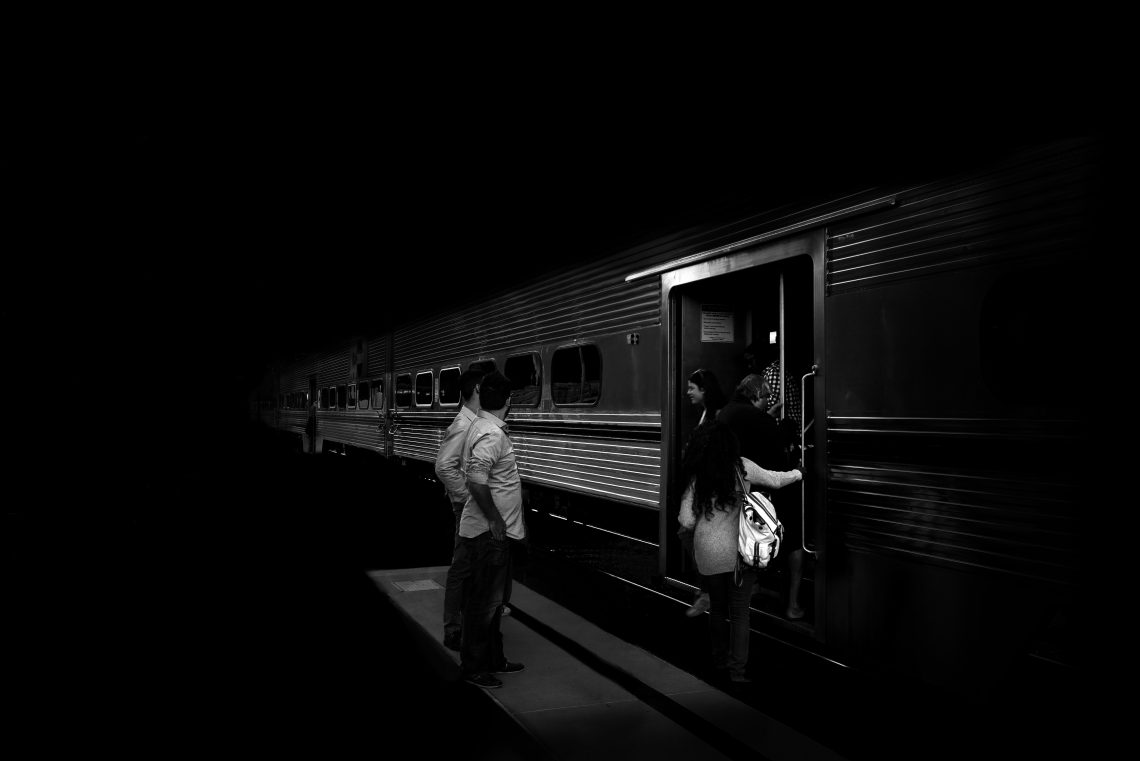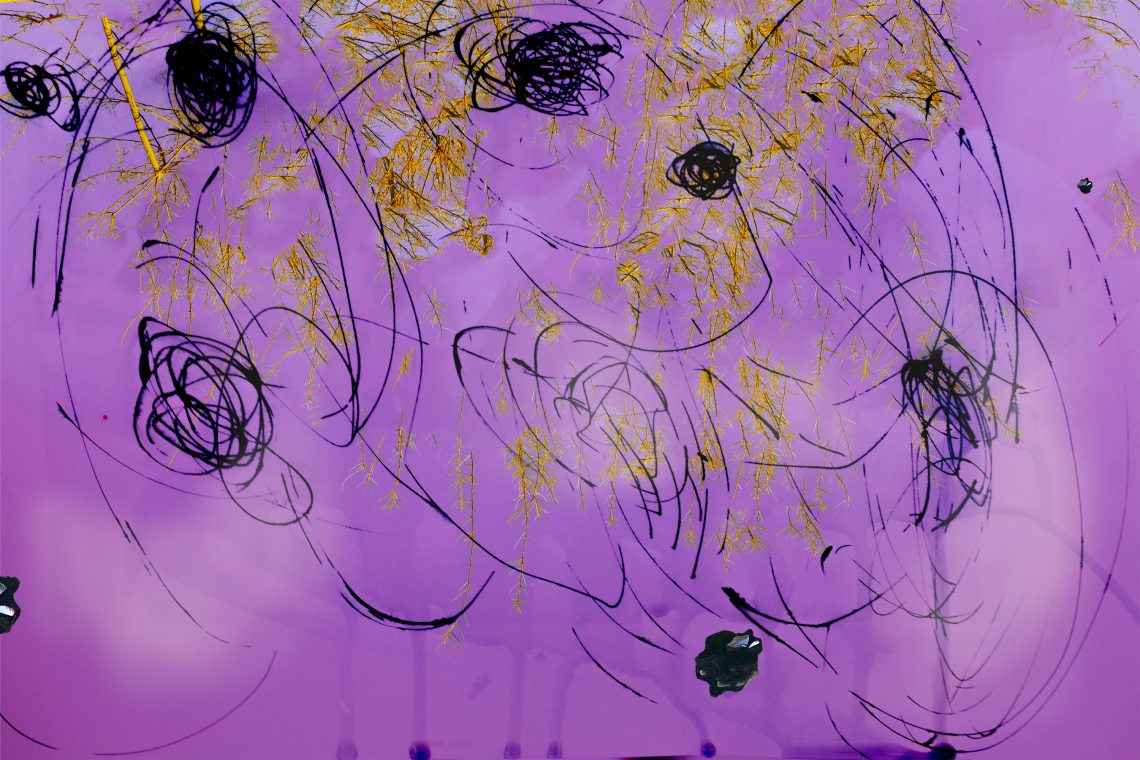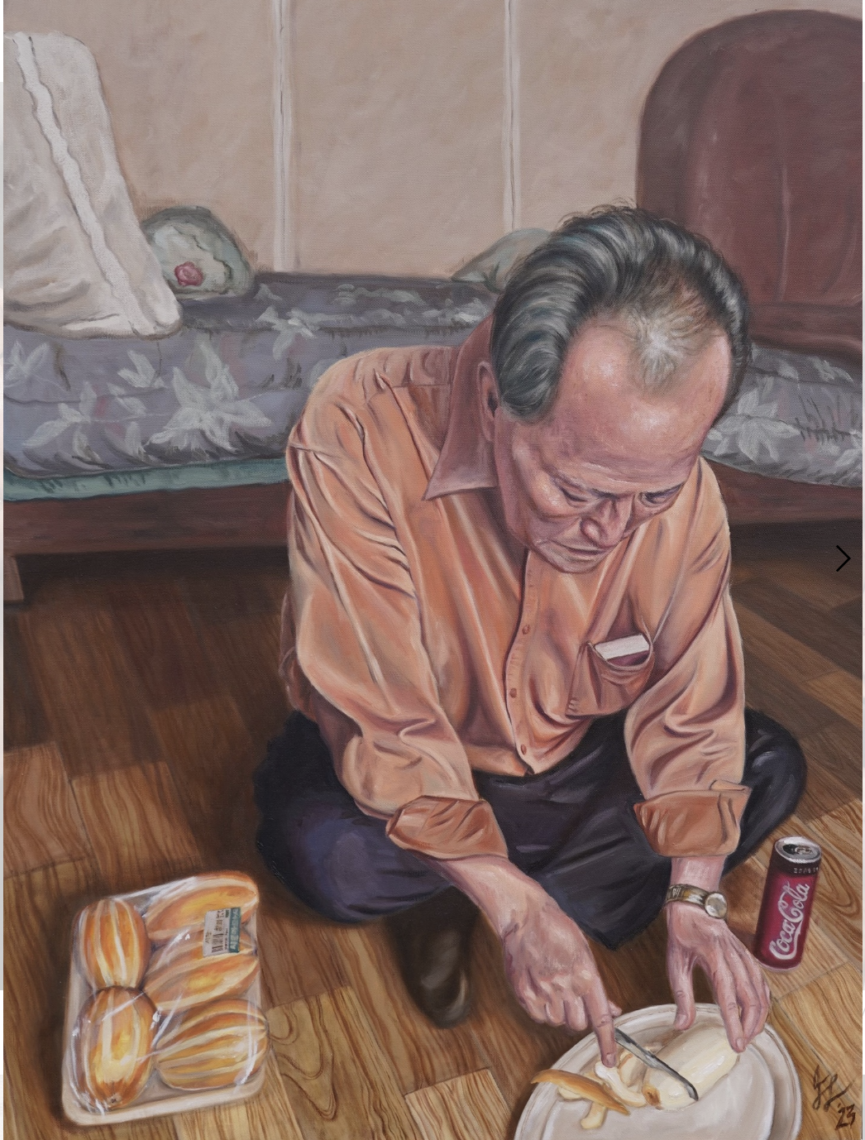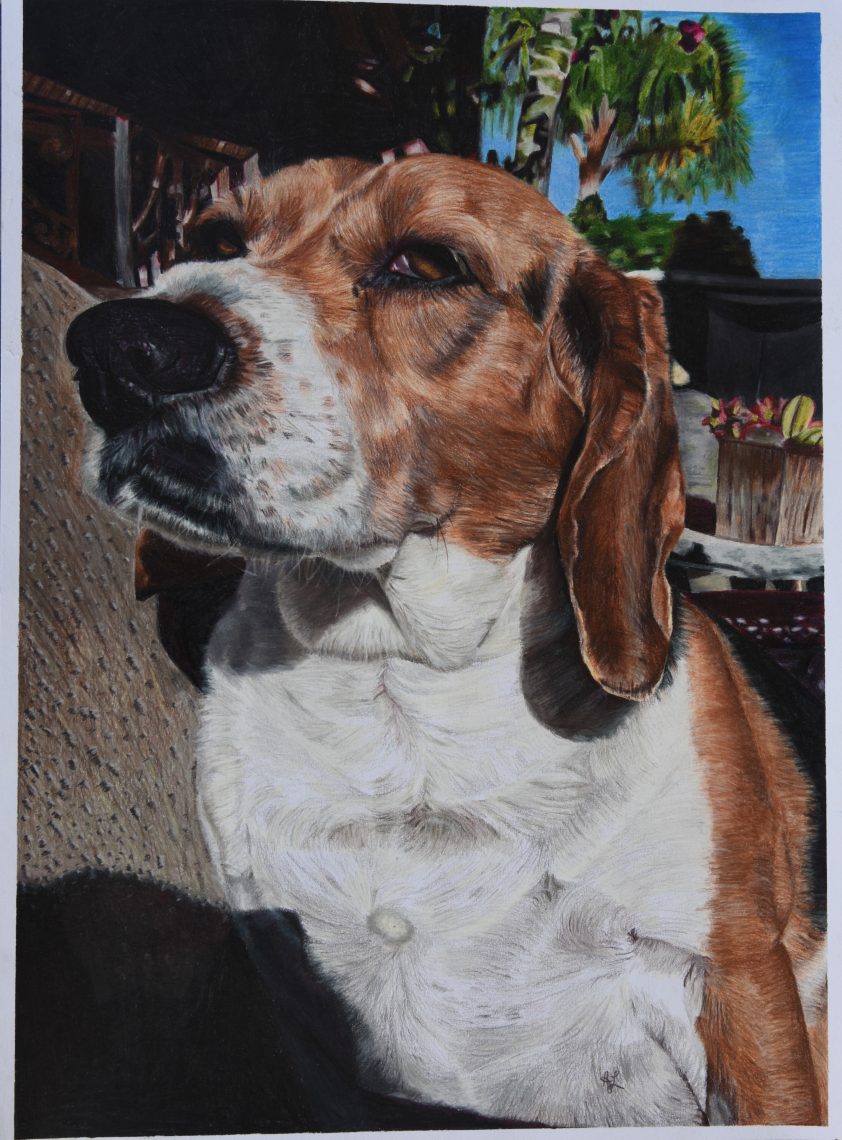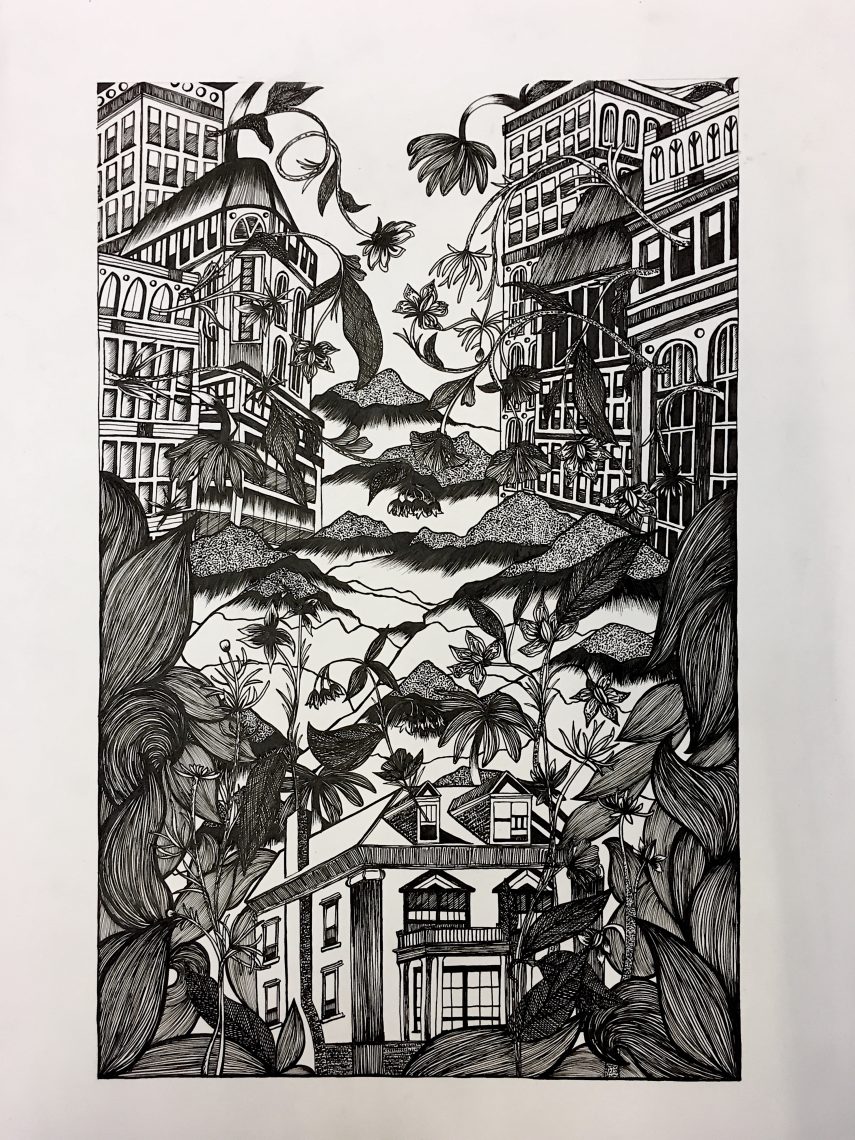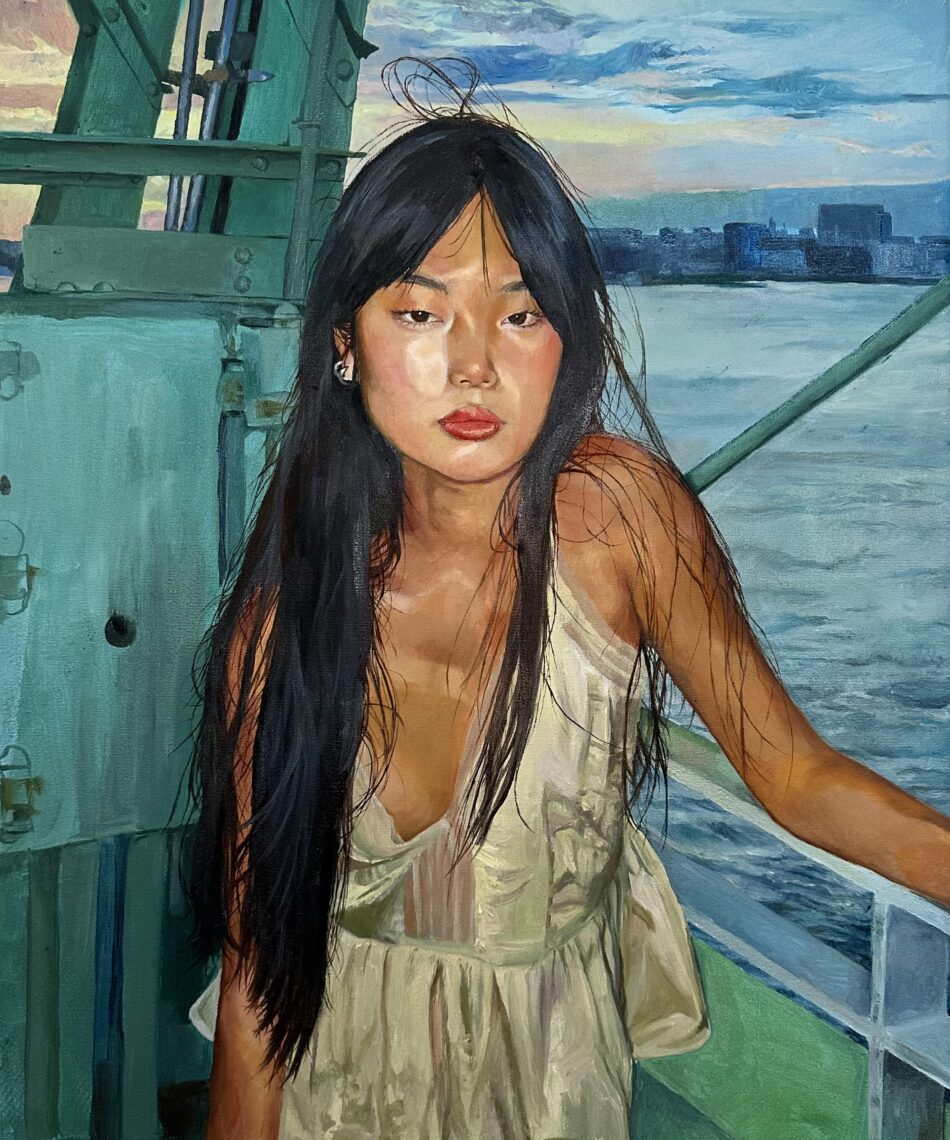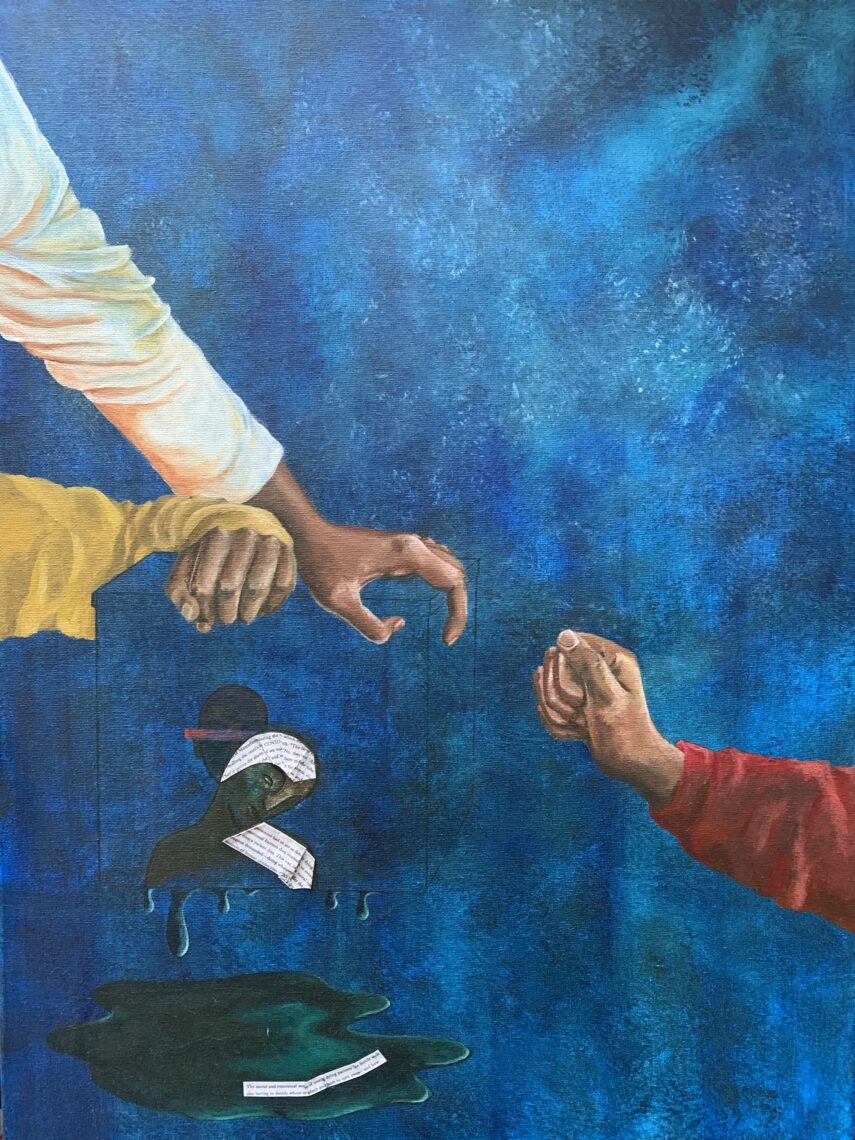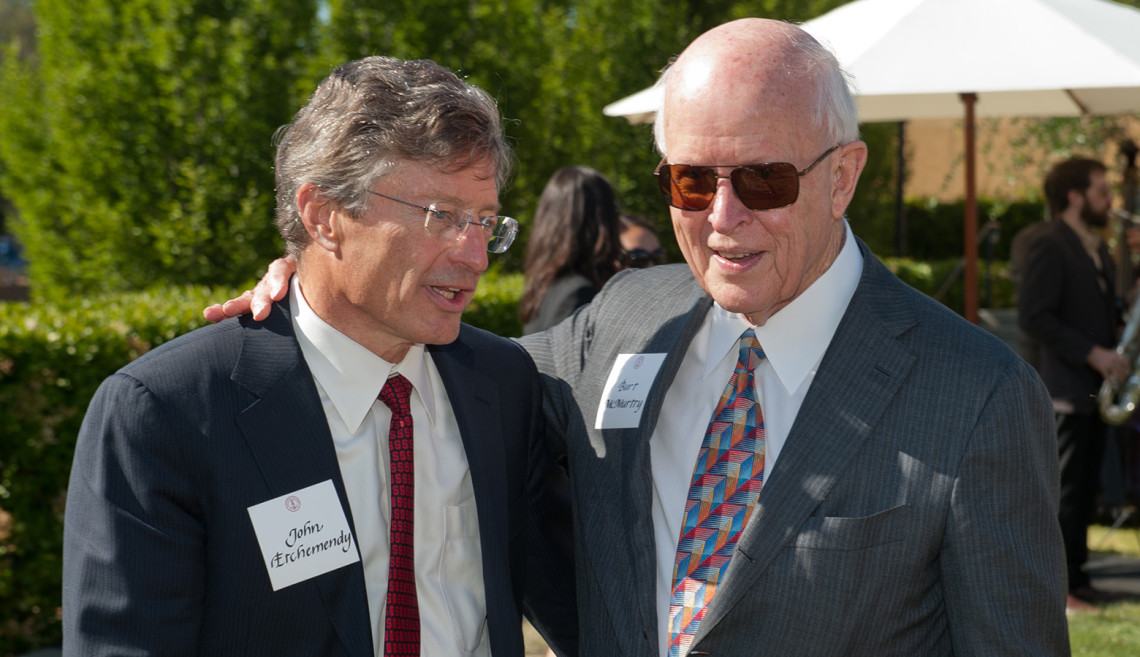 Steve Castillo
Steve Castillo
Remarks by Provost John Etchemendy at the McMurtry Building Groundbreaking Ceremony
Welcome
Good afternoon. For those of you I haven’t had a chance to meet, I am John Etchemendy, Stanford provost. It is my honor and privilege to welcome you to this groundbreaking ceremony for the McMurtry Building, the new home for the Department of Art and Art History.
I would like to first acknowledge members of the McMurtry family, including Burt and Deedee, their children Cathy and John, their granddaughters, Suzanna and Amanda, and Burt’s brother, Jim. We are delighted so many McMurtrys—as well as so many family friends—could be on hand today.
I’d like to welcome members of the board of trustees, including board chair Steve Denning and members Bruce Dunlevie, John Gunn, Ron Johnson, Hamid Moghadam and Isaac Stein. I also welcome Roberta Denning, who chairs both the Stanford Arts Advisory Council and the Humanities and Sciences Council. Also joining us are the building architects, including Stan Boles and John O’Toole from Boora and Charles Renfro from DS+R. In a minute, we will ask Charles to say a few words.
I am going to say a few things about the significance of this building and about our gratitude to the McMurtry family. I will then turn the podium over to Nancy Troy, the Victoria and Roger Sant Professor in Art and chair of the Department of Art and Art History. She will be followed by Charles Renfro. Then we will ask Burt to say a few words before we break out the shovels for the ceremonial groundbreaking. After that, I hope you will all join us for a reception.
Now, I’m sure many of you appreciate that this ceremony marks a milestone for the Arts Initiative, Stanford’s commitment to making the arts integral to education, teaching and research throughout campus. But I doubt many people here appreciate how long the need for this building has been felt.
Once upon a time, close to 25 years ago, I was the cognizant dean for the Art Department, and Wanda Corn, who many of you know, was department chair. At the time, the Cantor Center — or the Stanford Museum, as it was then called — was a shuttered building with large, truly frightening cracks running from wall to ceiling. It was far from clear whether it would ever reopen.
To Wanda, a former director of the Museum, the loss of the Museum was a terrible blow — to the university, of course, but most especially to the Art Department and their students. I, frankly, challenged her on this, since even when she was director, very few art students spent any time in the museum. How could it be a blow to students who, in many cases, couldn’t have directed a tourist from the Art Building to the Museum?
Of course, those were the truly dark days on this end of campus. But Wanda convinced me of two things: first, that the Cantor Center really could become a central player in the academic life of the university, but second, that this would likely only happen if Cantor could be moved next door to the Art Building.
But how realistic was that? The Art Department had what Wanda and I assumed would be their home for the indefinite future. And even with its cracks, the Museum was a very heavy building.
Back then, Wanda’s exciting vision of the co-location of art collection, art scholarship and art production was nothing more than a pipe dream. But even pipe dreams sometimes come true — at least when you have friends like the McMurtrys.
Today we take another step toward creation of an arts district that will have an absolutely transformative effect on the Stanford campus. The McMurtry Building is the key academic component of the district, a linchpin that will activate the district day and night, and bring it into the heart of the university’s mission. It joins the Cantor Center for the Visual Arts, the spectacular Bing Concert Hall, and the exciting Anderson Collection at Stanford University to form a new front door to the Stanford campus.
Deedee and Burt McMurtry have been gracious supporters and visionary advisors in our ambitious plans. I think it is fair to say that no one knows the arts at Stanford as well as Deedee and Burt. That’s why we are so grateful for their support and so very proud that this extraordinary building bears the McMurtry name.
As many of you know, the campus has been substantially transformed in the past several years. Some have called it a “second stone age,” comparing it to the extraordinary construction program overseen in the university’s first years.
All of our new buildings are important. All address crucial needs. But let me share what makes the McMurtry Building so vital to our hopes for the future.
For the first time, programs in art practice, design, art history, film and media studies, and documentary filmmaking will be housed in the same place. The building has been designed to be welcoming for the students who pursue art offerings at Stanford and to intimately connect the making of art with the study of art. The Art and Architecture Library, an extraordinary asset strategically located in the heart of the building, will facilitate interactions between those two worlds — the making of art and the study of art. The design of the building is truly inspired.
Given the long history of the Department of Art and Art History and its growing strength, we are so pleased the department will have the home it deserves and that the campus community needs. This will be an incredible asset for Stanford.
There is much more to say about the extraordinary design of the McMurtry Building and the remarkable programs it will house. But I will stop here to give others a chance to speak. Let me simply say that we can’t wait to get started.
I would now like to welcome the faculty member who is leading our efforts — Nancy Troy, the Victoria and Roger Sant Professor in Art and chair of the Department of Art and Art History.
Introduction of McMurtrys
It is now my privilege to introduce Burt and Deedee McMurtry. Before I do that, however, let me reiterate how important both Burt and Deedee have been to Stanford University.
As many of you know, after they met and graduated from Rice University, Burt earned his master’s and doctoral degrees from Stanford. He and Deedee have been extraordinary citizens of our community ever since. Burt chaired the Board of Trustees and has served on the advisory boards of the Graduate School of Business, the Hoover Institution, the School of Engineering, and the Stanford Institute for Economic Policy Research.
As if that were not enough work, both Deedee and Burt were there at the start of the Arts Initiative in 2006. They are current and founding members of the Stanford Arts Advisory Council and members of the Cantor Arts Center Director’s Advisory Council. Deedee has also served on the Cantor’s Committee for Art Board, the President’s Panel on Outdoor Art, and the Packard Children’s Hospital Art Committee. She chairs the Steering Committee of the Contemporary Collector’s Circle at Cantor. Burt was an original member of the Bing Concert Hall Program Advisory Group, and was absolutely instrumental in bringing the Anderson Collection to Stanford, as Hunk Anderson is the first to acknowledge.
The extraordinary time and effort Burt and Deedee have committed to every aspect of this incredible building is a testament to their dedication, expertise and vision. So on behalf of everyone at Stanford, let me again say thank you, Deedee and Burt, for your support, your vision and your confidence in us.







